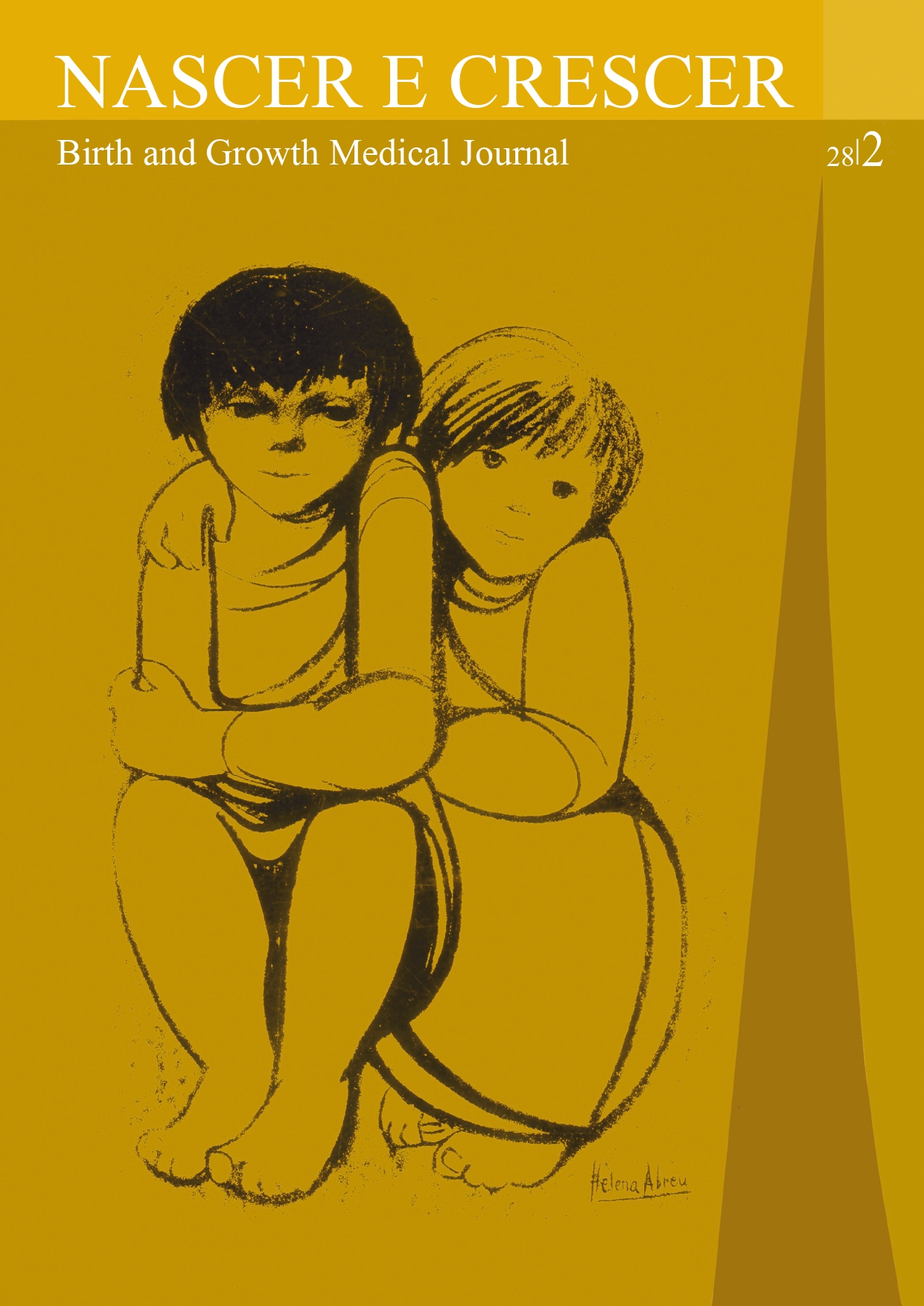Cutaneous leishmaniasis - two cases, two perspectives
DOI:
https://doi.org/10.25753/BirthGrowthMJ.v28.i2.14909Keywords:
intralesional treatment, leishmaniasis, old-world leishmaniasis, parasitic infectionsAbstract
Although endemic in some regions, as the Douro river valley, cutaneous leishmaniasis is a rare zoonosis in Portugal. Children are the most affected age group. Treatment remains controversial, given the lack of scientific evidence.
The goal of cutaneous leishmaniasis treatment is to avoid dissemination and progression to disfiguring lesions.
The option between no, systemic, or intralesional treatment should be carefully assessed.
Downloads
References
2. World Health Organization. Surveillance of leishmaniasis in the WHO European Region, 2016 Leishmaniasis. WHO Wkly Epidemiol Rec. 2018; 40:521–30.
3. Aronson N, Herwaldt BL, Libman M, Pearson R, Lopez-Velez R, Weina P, et al. Diagnosis and treatment of leishmaniasis: Clinical practice guidelines by the infectious diseases society of America (IDSA) and the American Society of tropical medicine and hygiene (ASTMH). Am J Trop Med Hyg. 2017; 96:24–45.
4. Showler AJ, Boggild AK. Cutaneous Leishmaniasis in Travellers: a Focus on Epidemiology and Treatment in 2015. Curr Infect Dis Rep. 2015; 17:489.
5. Oliveira LF, Schubach AO, Martins MM, Passos SL, Oliveira RV, Marzochi MC, et al. Systematic review of the adverse effects of cutaneous leishmaniasis treatment in the New World. Acta Trop. Elsevier B.V. 2011; 118:87–96.
6. Sundar S, Chakravarty J. An update on pharmacotherapy for leishmaniasis. Expert Opin Pharmacother. 2015; 16:237-52.
7. Uribe-Restrepo A, Cossio A, Desai MM, Dávalos D, Castro M del M. Interventions to treat cutaneous leishmaniasis in children: A systematic review. PLoS Negl Trop Dis. 2018; 12:e0006986.
8. Gradoni L, López-Vélez R, Mokni M. Manual on Case Management and Surveillance of the Leishmaniases in the WHO European Region. WHO Reg Off Eur. 2017.
9. Heras-Mosteiro J, Monge-Maillo B, Pinart M, Pereira PL, Garcia- Carrasco E, Cuadrado PC, et al. Interventions for Old World cutaneous leishmaniasis (Review). Cochrane Database Syst Rev. 2017. 12: CD005067.
Downloads
Published
How to Cite
Issue
Section
License
Copyright and access
This journal offers immediate free access to its content, following the principle that providing free scientific knowledge to the public provides greater global democratization of knowledge.
The works are licensed under a Creative Commons Attribution Non-commercial 4.0 International license.
Nascer e Crescer – Birth and Growth Medical Journal do not charge any submission or processing fee to the articles submitted.


